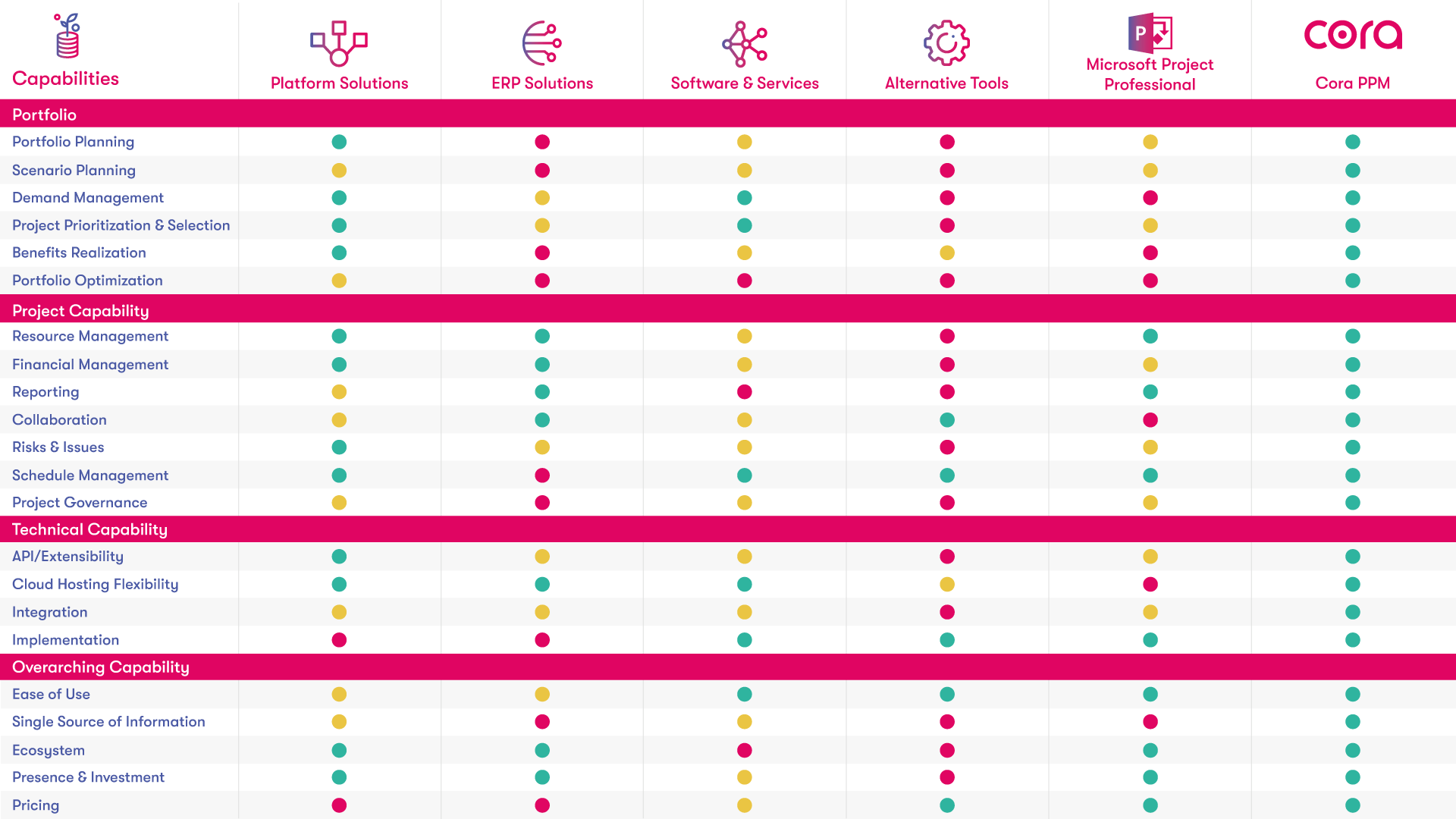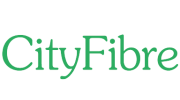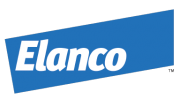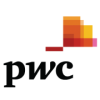See how the Cora solution compares to ERP software and other PPM categories
PPM categories explained
When selecting a project portfolio management software solution, it is important to consider the different PPM categories, and the benefits products in each category can offer.
Enables organizations to manage key business functions such as financial management, project management, and customer relationship management. Examples include SAP, Oracle E-Business Suite, JD Edwards, and Agresso.
Delivers core PPM functionality while offering platform capabilities that enable rich extensibility. Examples include Oracle Primavera, Clarity, PlanView, and Deltek OpenPlan.
Firms host the PPM solution online and provide technical operation, maintenance, and support for our customers. Examples include @Task, Daptiv, and Clarizen.
Point solutions that are not part of a broad PPM solution, but often are used for specific needs. Examples include Excel and SharePoint.
Functionality/ERP comparison matrix
Here, we provide an ERP comparison matrix against specific PPM categories and functionality. This information has been compiled from a number of sources and is provided for guidance only. When selecting a PPM solution, it’s important to consider PPM categories, and the benefits products in each category can offer. This guide presents the general value of each of the four PPM solution categories, as well as the specific value of the Cora PPM platform.

Capability Areas
A solid project intake process enables work and project requests in an organized fashion.
Projects are categorized as Run, Grow, or Transform based on strategic impact. Run projects are core internal projects to keep the existing IT infrastructure functioning. Grow projects enhance existing capabilities. Transform projects are those that deliver new core functionality that provides an advantage to an organization. A good PPM solution helps drive the strategic direction of an organization by applying ‘what-if’ scenarios.
Ability to provide visibility into organizational activity across projects and information to inform portfolio’s strategic direction and cost optimization.
Ability to enable efficient portfolio management, including reporting and optimization measures.
Ability to deliver on cost controls, project accounting, and portfolio cost reporting.
Ability to provide relevant resources, schedules, and analytics.
Identification of risks and issues supported by mitigation strategies.
Integration mechanisms that enable team members to communicate better and work efficiently through sharing information.
These include Cora PPM, the Cora Portal, and our Mobile Apps
Activity list, activity attributes, activity resource requirements, resource calendars, project schedule network diagrams, activity duration estimates,
Ability to provide a programming interface for other IT applications to integrate.
Ability to host the solution both in the cloud and on-premise.
How well the solution integrates with complimentary software; such as ERP applications and e-mail systems.
Level of complexity with respect to resources, time, and technical systems.
Level of interface usability and ability to retrieve information.
Strength and depth of support network built around the solution, including partners, technical community, and additional resources such as online tools.
Strength of market presence and company experience, as well as ability to continue to invest and innovate around solutions.
Primarily licensing and service costs; also includes maintenance and training.
Achieve measurable results
Trusted by 1,000s of users in over 50 countries
See our client success stories
We know how busy you all are, so we’ve produced 3 different types of demos for you to choose from.








